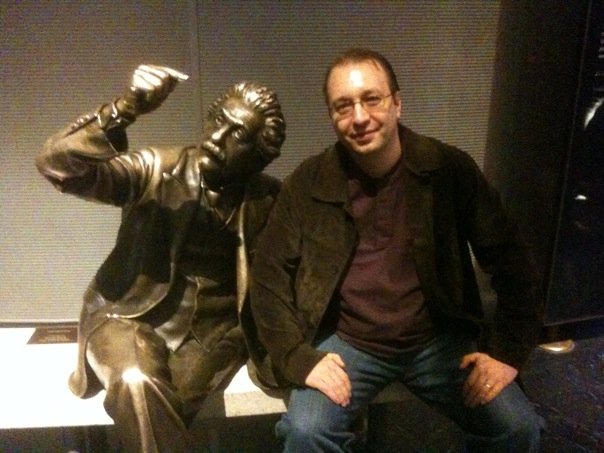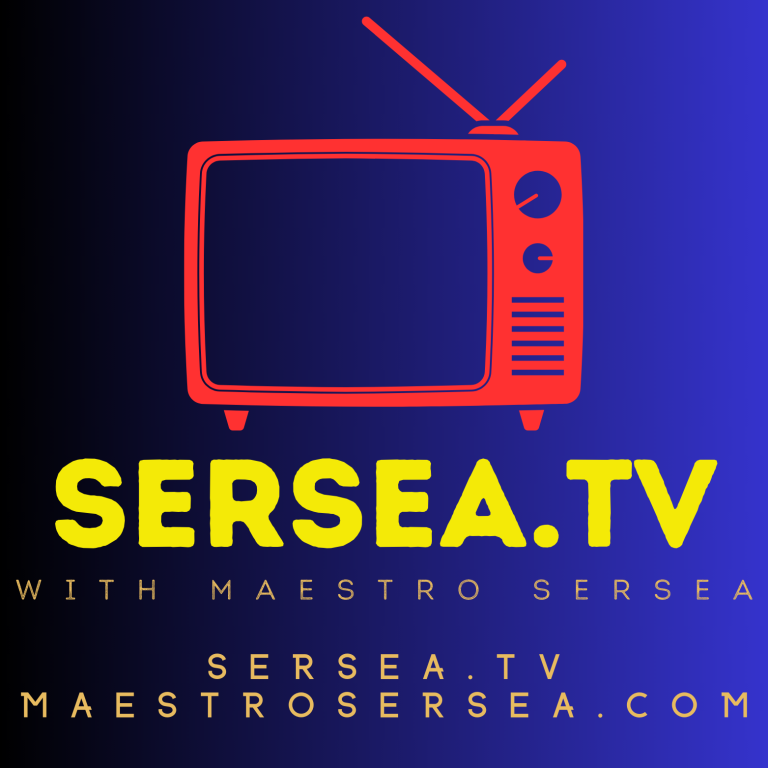I have created and currently manage 4 YouTube Channels:
1. Learn American English with Maestro Sersea
Link: https://www.youtube.com/maestrosersea
2. Liberty and Democracy
Link: https://www.youtube.com/@libertyanddemocracy
3. Immigrants in the United States
Link: https://www.youtube.com/@immigrantsintheus
4. Personal Improvement Now
Link: https://www.youtube.com/@PersonalImprovementNow
YouTube Channels: A Modern Educational Resource
Introduction to YouTube Channels
In the digital age, education has evolved far beyond traditional textbooks and classroom lectures. One of the most significant developments in recent years has been the rise of YouTube channels as educational resources. This chapter explores what YouTube channels are, how they function, and their potential to revolutionize learning experiences for students of all ages.
What is a YouTube Channel?
A YouTube channel is a personalized presence on the YouTube platform, where an individual, group, or organization can upload and share video content. Think of it as a digital TV channel, but with the added benefits of interactivity and on-demand viewing. Each channel typically focuses on specific themes or topics, creating a cohesive library of content for viewers interested in those subjects.
Key Components of a YouTube Channel
- Channel Home Page: This is the main page of a YouTube channel, displaying the channel’s name, logo, and a selection of featured videos.
- Video Library: All videos uploaded by the channel creator are stored here, often organized into playlists for easy navigation.
- About Section: This area provides information about the channel’s purpose, the content creator, and sometimes contact information.
- Community Tab: Some channels have this feature, allowing creators to post updates, polls, and interact with their audience.
- Subscription Button: Viewers can subscribe to channels they enjoy, receiving notifications when new content is uploaded.
YouTube Channels in Education
The educational potential of YouTube channels has been recognized by educators, students, and lifelong learners worldwide. Let’s explore how these channels are transforming the educational landscape.
Types of Educational YouTube Channels
- Subject-Specific Channels: These focus on particular academic disciplines such as mathematics, science, history, or literature.
- Tutorial Channels: Offering step-by-step guides on various skills, from coding to creative writing.
- Lecture Channels: Often featuring recorded university lectures or TED-style talks on diverse topics.
- Explainer Channels: Breaking down complex concepts into easily digestible, animated videos.
- Language Learning Channels: Providing lessons and immersion experiences for language learners.
Benefits of YouTube Channels in Education
- Visual Learning: Many students are visual learners, and video content caters to this learning style effectively.
- Accessibility: Educational content is available 24/7, allowing students to learn at their own pace and on their own schedule.
- Diverse Perspectives: Students can access explanations and viewpoints from educators around the world, broadening their understanding.
- Engagement: Well-produced videos can capture and maintain student interest more effectively than traditional textbooks.
- Supplementary Material: YouTube channels can provide additional examples, explanations, and practice problems to complement classroom learning.
How YouTube Channels Enhance Learning Experiences
Personalized Learning Paths
YouTube’s algorithm suggests related videos based on viewing history, potentially creating a customized learning journey for each student. This personalization can help learners dive deeper into topics that interest them or find alternative explanations for concepts they find challenging.
Interactive Learning
Many educational YouTube channels encourage viewer participation through:
- Comments sections for discussions and questions
- Live streaming sessions with real-time Q&A
- Links to quizzes or additional resources in video descriptions
This interactivity fosters a sense of community and active engagement in the learning process.
Multimedia Integration
Educational YouTube channels often incorporate various multimedia elements to enhance understanding:
- Animations to visualize abstract concepts
- Infographics to summarize key points
- Real-world footage to provide context
- Music and sound effects to improve retention
These elements can make complex topics more approachable and memorable for students.
Effective Use of YouTube Channels in Academic Settings
For Students
- Supplement Classroom Learning: Use relevant YouTube channels to reinforce concepts learned in class or to explore topics in greater depth.
- Exam Preparation: Many channels offer review videos and practice problem walkthroughs that can be valuable for exam preparation.
- Study Groups: Watch educational videos together with classmates and discuss the content to enhance understanding.
- Skill Development: Utilize tutorial channels to develop practical skills related to your field of study or personal interests.
For Educators
- Flipped Classroom Model: Assign video content as homework, freeing up class time for discussions and hands-on activities.
- Lesson Planning: Incorporate relevant video clips into lectures to illustrate key points or provide real-world examples.
- Professional Development: Stay updated on teaching methodologies and subject matter through educational channels focused on pedagogy and academic disciplines.
- Creating Content: Consider starting a YouTube channel to share your expertise and engage with students beyond the classroom.
Challenges and Considerations
While YouTube channels offer numerous benefits for education, it’s important to be aware of potential challenges:
- Quality Control: Not all educational content on YouTube is created equal. Students and educators must critically evaluate the credibility and accuracy of information presented.
- Distractions: The platform’s design can lead to distractions, with unrelated videos competing for attention.
- Copyright Issues: Some educational channels may use copyrighted material without permission, which can be problematic in academic settings.
- Internet Access: Reliance on YouTube for educational content assumes reliable internet access, which may not be available to all students.
- Screen Time Concerns: Excessive use of video content may contribute to increased screen time, which should be balanced with other learning methods.
Conclusion
YouTube channels have emerged as a powerful tool in modern education, offering diverse, engaging, and accessible content to learners worldwide. When used thoughtfully and in conjunction with traditional educational methods, these channels can significantly enhance the learning experience. As digital literacy becomes increasingly important, the ability to effectively utilize resources like educational YouTube channels is becoming a valuable skill for both students and educators. By understanding the potential and limitations of this medium, we can harness its power to create more dynamic, inclusive, and effective learning environments for the 21st century.


